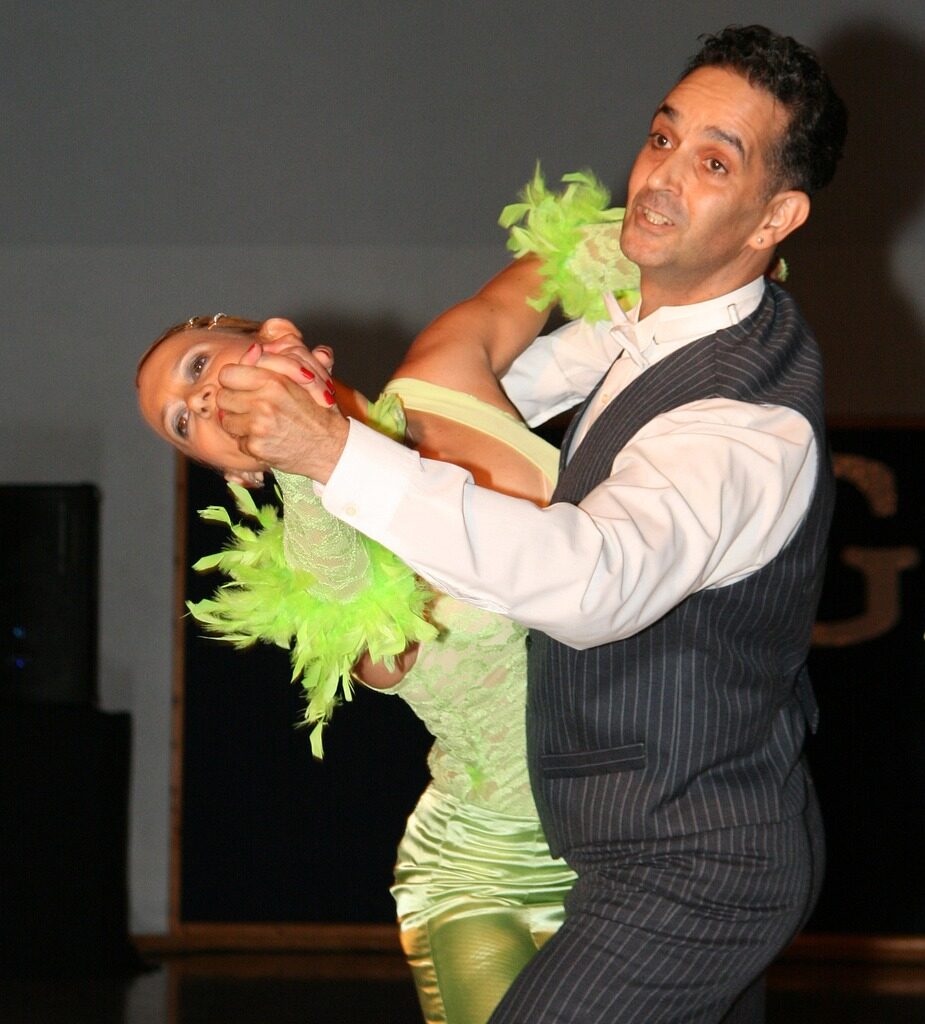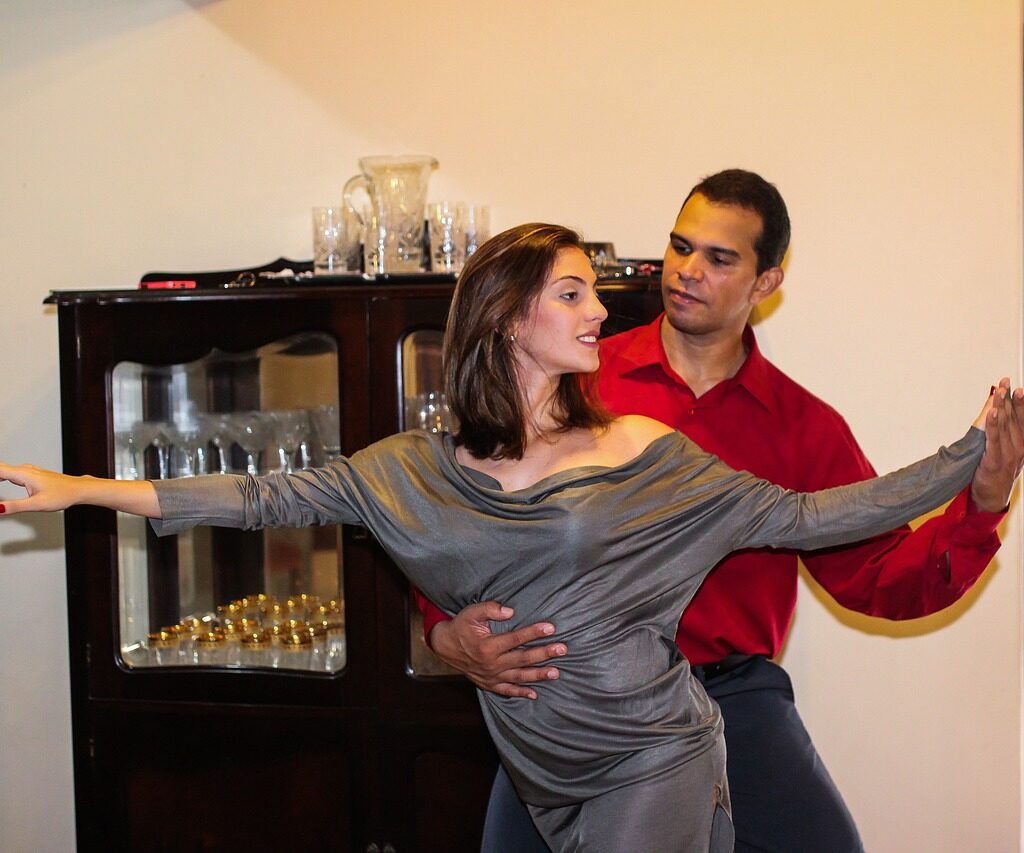Bolero, an enigmatic, passionate, and romantic song, is an indication of the timeless appeal of Latin music. The musical expression, originating in Spain’s sun-drenched regions, blends various cultural elements and has gained global popularity.
Continue reading to see the history of bolero and how it developed over time.
What is Bolero?
Spanish musicians and dancers created the slow-tempo Latin dance and music known as “bolero” in the late 1700s. Its defining characteristics are Its slow, romantic beat, 3/4 time signature, and frequently moving lyrics that convey themes of passion and love. Bolero music usually has orchestral arrangements that heavily emphasize percussion, brass, and string instruments. The musical genre has gained popularity in numerous Spanish-speaking countries and has influenced various other musical styles as it has spread throughout Latin America and globally.
History
Bolero music, originating from Spain in the late 1700s, is a lively dance with quick footwork and seductive motions. Over time, it changed into a slower, more romantic shape. The 19th century saw significant changes in the bolero, particularly in Cuba and other Latin American regions, which significantly affected its growth.

Development
African rhythms and Spanish melodies were blended by Cuban artists into the bolero, resulting in a popular style that spread throughout Latin America and Mexico in the early 1900s. An article by MasterClass, an American online education subscription platform, says, “During the twentieth century, Cuban boléro music traveled north from Cuba to Puerto Rico, Mexico, and eventually to the United States.” The bolero, a Latin American musical genre, evolved in the 20th century. This influenced salsa, bossa nova, and Latin jazz and gained international recognition through interpretations by various artists.
Bolero is still a beloved genre because of its ageless melodies, romantic themes, and depth of emotion. It will continue to delight future generations of listeners and dancers thanks to its enduring heritage. Developed in the colorful streets of Spain it eventually found its beat in the seductive sounds of Latin America. It has since traveled through generations, changing with each passing step but holding onto its core of passion and desire.
To see more music articles, visit Ferry Godmother Productions.

